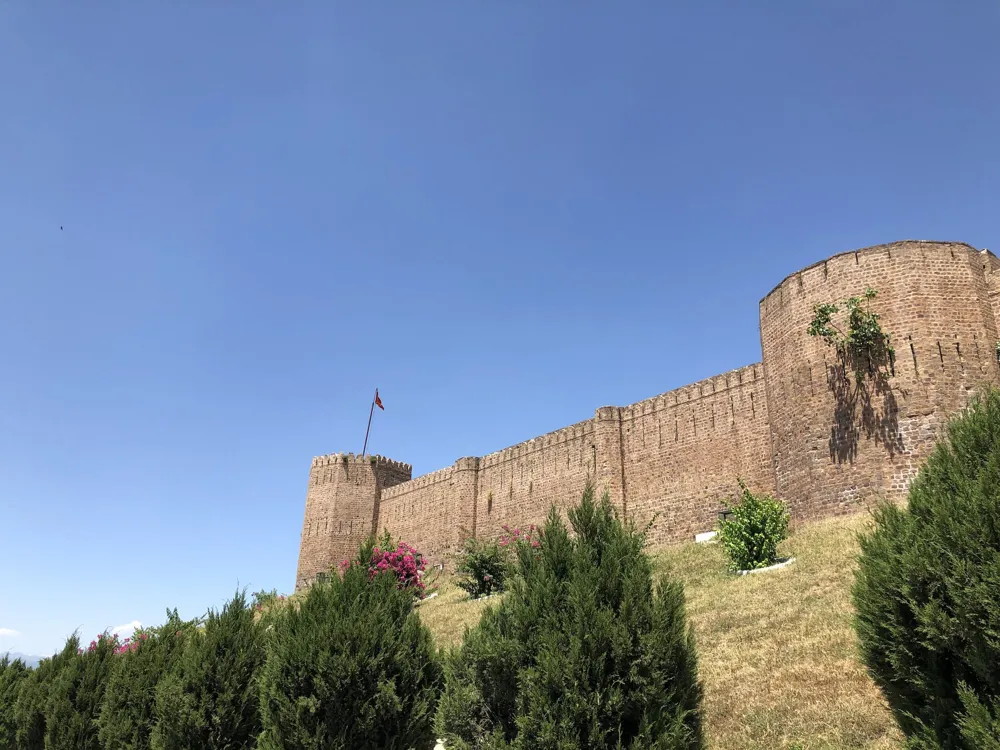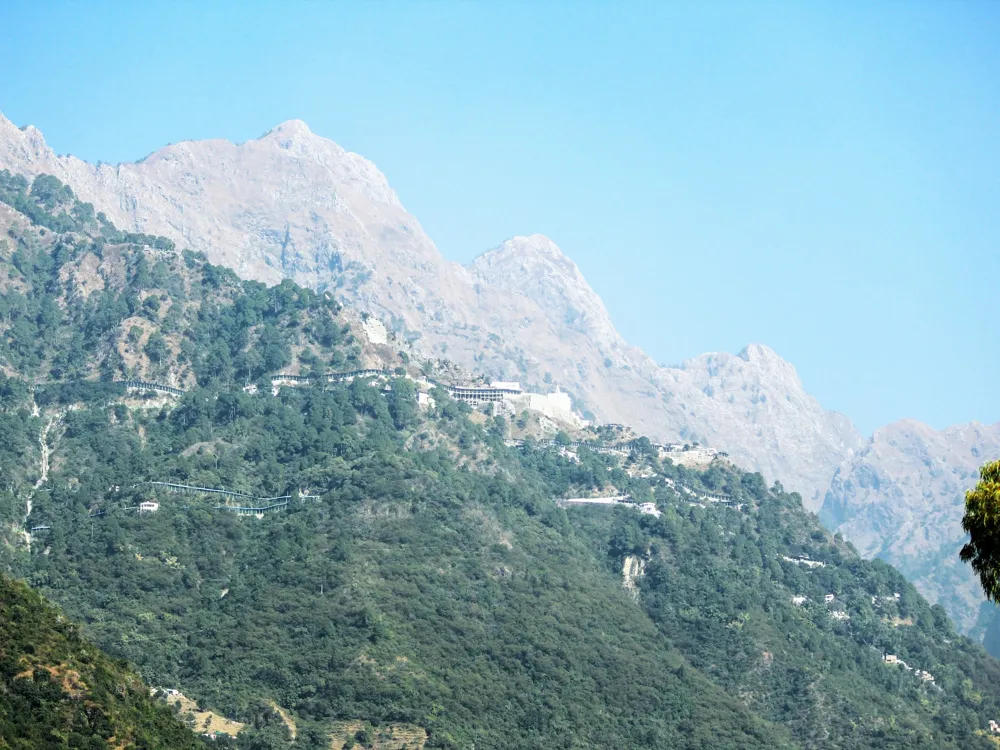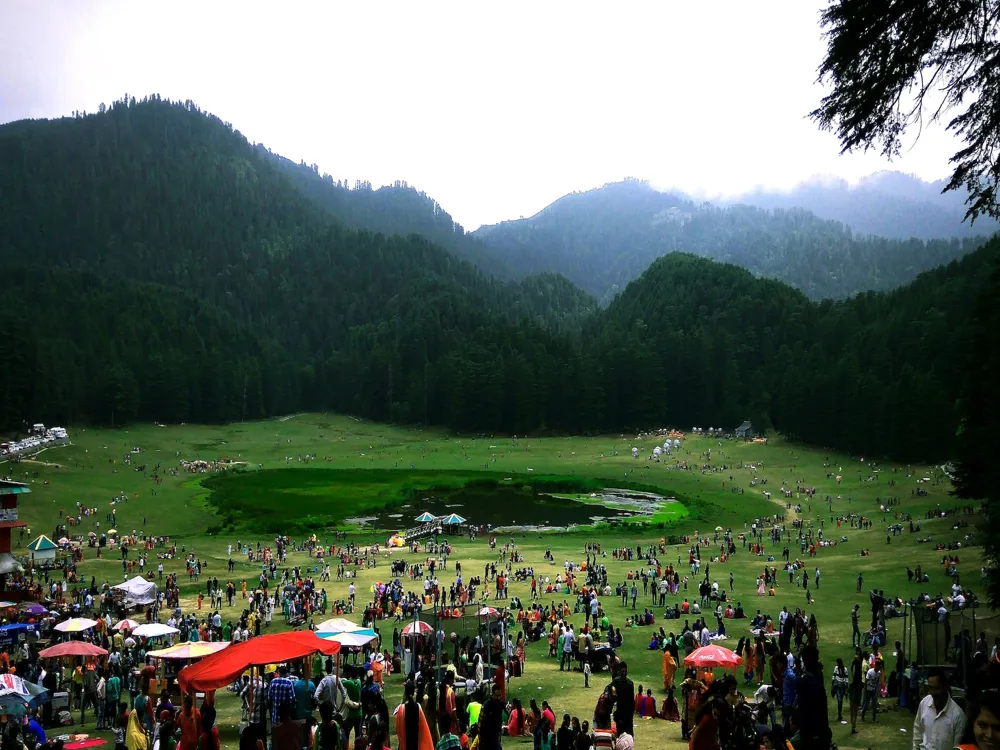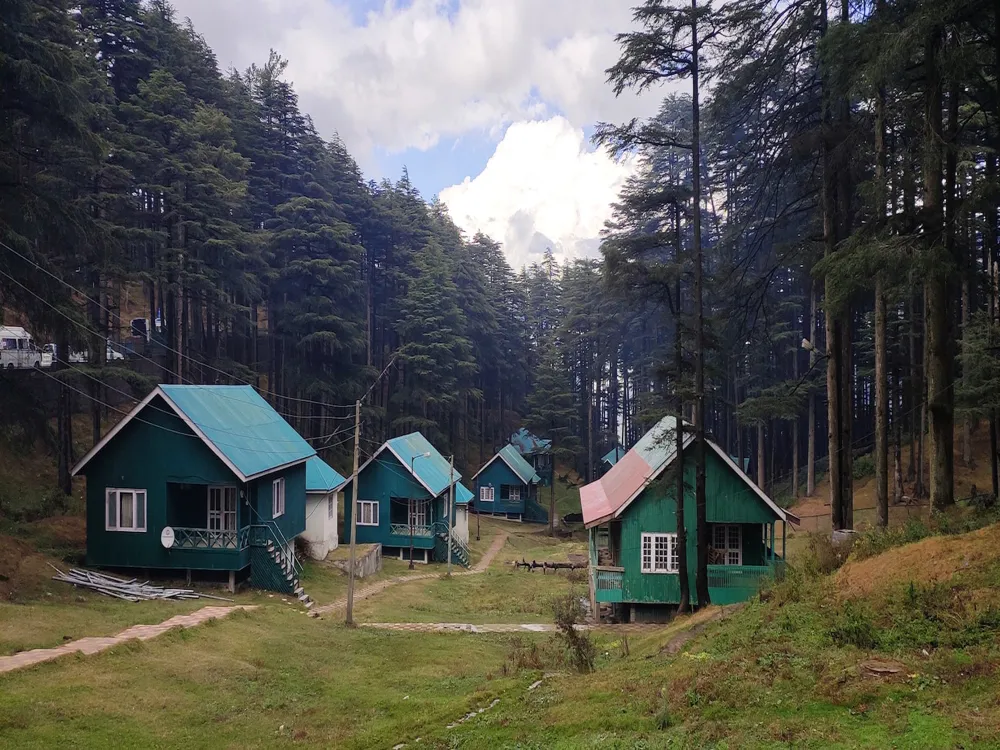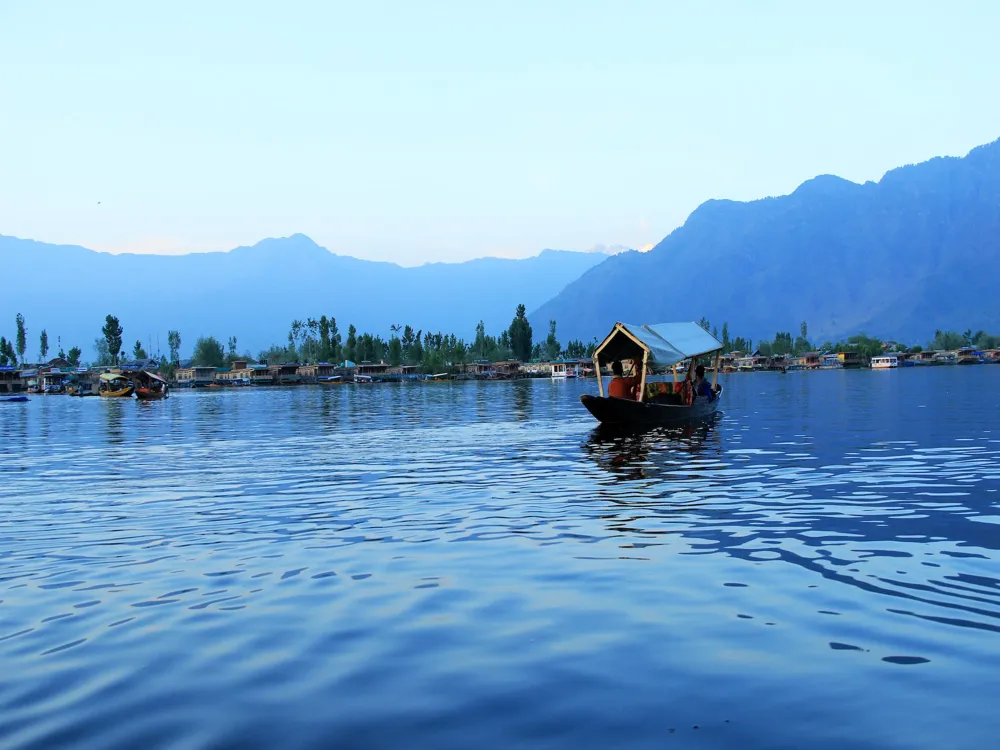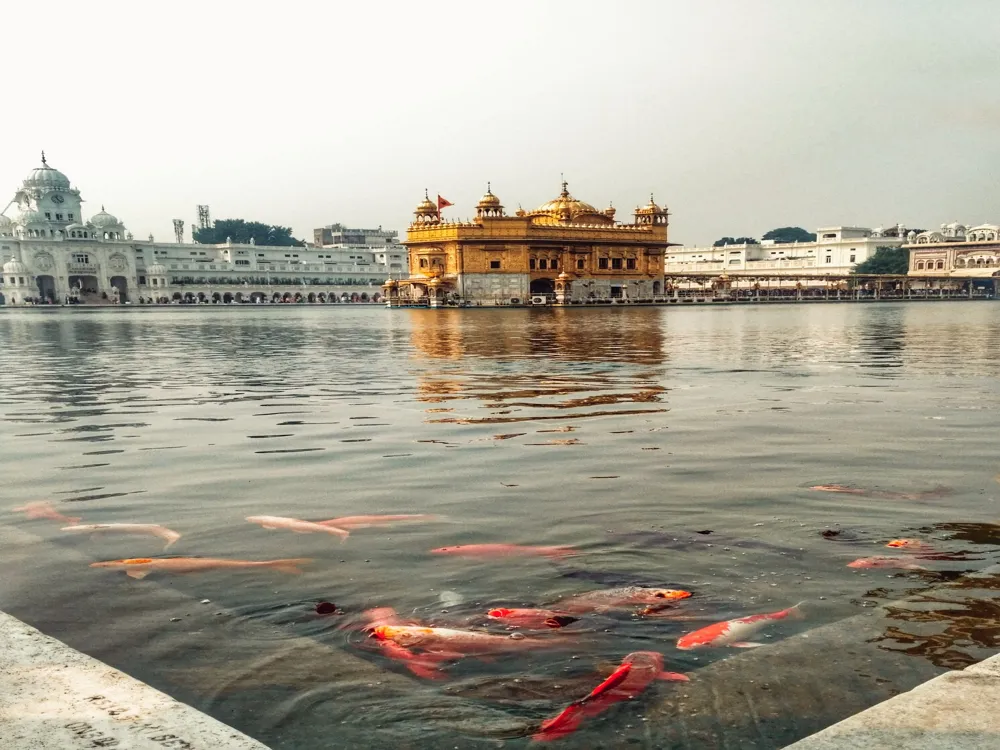Nestled in the picturesque region of Jammu and Kashmir, the Poonch Fort stands as a testament to the rich history and cultural heritage of India. This majestic fort, with its towering walls and ancient architecture, beckons travelers from around the globe to explore its time-worn pathways and hidden secrets. The Poonch Fort is not just a historical structure but a symbol of the resilience and architectural prowess of the era it was built in. The history of Poonch Fort is as fascinating as its structure. Dating back several centuries, it has witnessed numerous battles and has stood the test of time. The fort's strategic location made it a crucial stronghold for various rulers who controlled the region. Over the years, it underwent several renovations, each adding a new layer to its already rich history. The stories of bravery, intrigue, and survival that are woven into its walls make a visit to Poonch Fort a journey through time. As you walk through the gates of Poonch Fort, you are instantly transported to a bygone era. The echoes of the past resonate in every corner of the fort, inviting visitors to uncover the tales of its glorious past. Whether you are a history enthusiast, an architecture lover, or simply someone in search of peace and tranquility, Poonch Fort has something to offer for everyone. Its panoramic views of the surrounding landscapes are a treat for nature lovers and photographers alike. The architectural brilliance of Poonch Fort is a marvel to behold. It is a perfect blend of various styles that have evolved over centuries, reflecting the different dynasties that have ruled this region. The fort's design showcases the influences of Mughal, Rajput, and even British architectural styles, creating a unique amalgamation that is rare to find. One of the most striking features of Poonch Fort is its massive walls that were built to withstand sieges and attacks. These walls are not just defensive structures but also works of art, adorned with intricate carvings and motifs that tell stories of the past. The fort houses several palaces, halls, and temples, each with its own unique design and historical significance. The use of local materials and traditional construction techniques adds to the charm and authenticity of the fort's architecture. The attention to detail in every aspect of the fort's design is evident. From the grand entrance gates to the delicate jharokhas (overhanging balconies), every element of the fort is a testament to the skill and creativity of the artisans of that era. The layout of the fort, with its courtyards, gardens, and water bodies, was not just aesthetically pleasing but also served practical purposes, making it a masterpiece of ancient engineering. The ideal time to visit Poonch Fort is during the spring and autumn months when the weather is pleasant, and the natural beauty of the surrounding area is at its peak. Opting for a guided tour can enhance your experience as knowledgeable guides provide insights into the fort's history and architecture. Visitors are advised to dress modestly and respect the cultural norms of the region while exploring the fort. Poonch Fort is well-connected by road and can be easily reached from major cities in Jammu and Kashmir. The nearest airport is in Jammu, from where you can hire a taxi or take a bus to Poonch. The journey offers scenic views of the Himalayas, making it an experience in itself. Read More: Overview of Poonch Fort, Jammu and Kashmir
Architecture of Poonch Fort
Tips When Visiting Poonch Fort
Best Time to Visit
Guided Tours
Dress Code and Etiquette
How To Reach Poonch Fort
Poonch Fort
Jammu
Jammu And Kashmir
₹ 5,000 onwards
View jammu Packages
Weather :
Tags : Forts & Palaces
Time Required : 2 - 3 hrs
Entry Fee : No Entry Fee
Planning a Trip? Ask Your Question
Jammu Travel Packages
View All Packages For Jammu
Top Hotel Collections for Jammu

Private Pool

Luxury Hotels

5-Star Hotels

Pet Friendly
Top Hotels Near Jammu
Other Top Ranking Places In Jammu
View All Places To Visit In jammu
View jammu Packages
Weather :
Tags : Forts & Palaces
Time Required : 2 - 3 hrs
Entry Fee : No Entry Fee
Planning a Trip? Ask Your Question
Jammu Travel Packages
View All Packages For Jammu
Top Hotel Collections for Jammu

Private Pool

Luxury Hotels

5-Star Hotels

Pet Friendly










